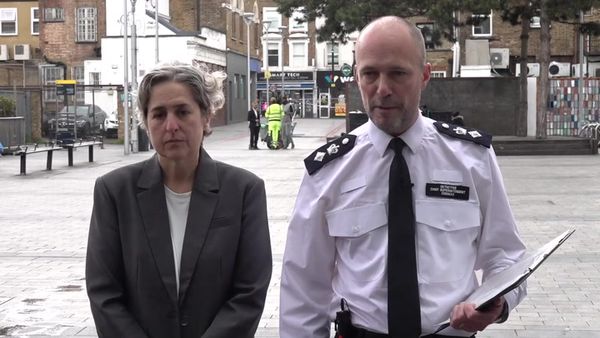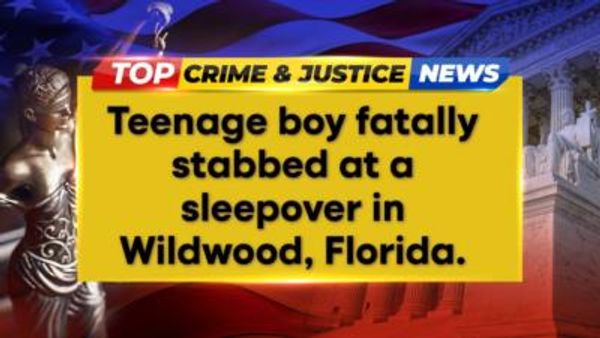Light rail to Woden would be built between 2028 and 2033, the ACT government has announced, revealing its intended timeline for the project.
But the extension will affect the habitat of endangered parrots and have a significant impact on the heritage values of the parliamentary triangle, new reports say.
The findings are contained in documents referred by the ACT government under the federal government's environment protection laws and which have been released for public comment.
An ecological assessment of the project published for public comment said the light rail corridor supported endangered species, including the gang-gang cockatoo, superb and swift parrots, and the golden sun moth.
"Early planning for measures to avoid and minimise adverse impacts of the project on ecological values should be prioritised," the report, prepared by consultants Umwelt, said.
The report said the government should consider protecting mature trees, avoid confirmed golden sun moth habitat, and incorporate "connectivity for bird species in landscape planning".
A heritage advice report found both potential routes for the project - either around State Circle or along a so-called Barton dog leg - would have a significant impact on Commonwealth heritage values. There are 29 heritage sites identified in the area.

The GML Heritage report said further analysis would be required to assess and avoid heritage impacts, which may require "extensive mitigation measures".
The government would need to undertake further, detailed heritage impact assessments, and consider tree and landscape data, the report said.
"[The government should] understand outcomes from targeted stakeholder and community consultation engagement to determine community-held cultural, social and symbolic heritage values and/or concerns of the study area," the report said.
"This would inform the degree and intensity of impacts on these identified values associated with each of the proposed routes, and any future communication plans for the construction of the light rail."
An environmental risk assessment found there would be high levels of risk to biodiversity during construction, even after mitigation works.
But the risk level fell to "negligible" after the route started taking passengers.
The report, completed by consulting firm AECOM, found there would be high risk level to traffic and transport after operations began.
Revised bus timetables to integrate with light rail services were a potential adverse impact of light rail stage 2B, the report said.
"The Project would benefit pedestrians and cyclists. It is anticipated that safety, walkability and cycling connectivity around the Project would improve due to the addition and enhancement of active transport facilities," the report said.
Chief Minister Andrew Barr said the planned extension of light rail from Commonwealth Park to Woden was the most complex infrastructure ever delivered by a territory government.
"Following the start of construction on the raising of London Circuit, and the contract signing for the extension of the network to Commonwealth Park, the Government is working towards a construction period of 2028-2033 for future stages of the project," he said.
Mr Barr said the project was a "once-in-a-generation asset for Canberra".
"It will be the largest change to the landscape of the National Triangle since the construction of the New Parliament House, and a project that spans several districts of Canberra," he said.
"With Canberra's population set to grow well beyond 500,000 in the coming years, we need to continue building a mass transit system that supports our growing city."
Mr Barr said the project had received very strong support from the Commonwealth government.
"The next steps following the Environment Protection and Biodiversity Conservation Act 1999 (EPBC) referral will be the development of a substantial environmental impact statement where Canberrans will be encouraged to have their say on the features of stops in their suburb," he said.
"This process will occur this year with a final assessment to be delivered to the Commonwealth government and submitted to the Australian Minister for the Environment and Water."
The Woden line would have stops at Melbourne Avenue, Hopetoun Circuit, Kent Street, Carruthers Street, Phillip Oval and Woden.
The route through Barton would include stops at Treasury, Bligh Street and Sydney Avenue.
The State Circle alignment would have stops at Albert Hall, Kings Avenue and Sydney Avenue.
The ACT's referral under the Environment Protection and Biodiversity Conservation Act is open for public comment until March 18.
The Canberra Liberals said after years of prodding from the opposition, Mr Barr had been finally forced to admit how long light rail would take to arrive in Woden.
Mark Parton, the opposition transport spokesman, said it was further vindication of his party's cost and timeline estimates.
"In late 2022, we estimated completion of the project by 2034. This was scoffed at by the [Transport Minister Chris Steel], but it would seem it's absolutely on the money. ... Every single prediction that I have made about this project has proven to be either correct or somewhat conservative."
Mr Parton said the government had previously indicated the project would be completed within the decade.
"Does anyone in this city actually believe the latest rubbery timeline?" he said.
Public Transport Association of Canberra chair Ryan Hemsley said the release of more detail about the project was a positive and concrete step towards its completion.
"While PTCBR would love to see this city-shaping transport project expedited on a faster timeline, this is welcome progress and we look forward to seeing the project proceed smoothly," Mr Hemsley said.
National Trust ACT president Gary Kent said both proposed routes presented significant heritage issues that needed careful assessment.
"Stage 2B of the light rail traverses some of the most precious places in the national capital and nothing can be left to chance in guaranteeing that their heritage values are respected," Mr Kent said.
Property Council ACT executive director Shane Martin welcomed the ACT government providing certainty on the project.
"Now it is time to turn our attention to a deliberate transport oriented development strategy. A specific TOD strategy should be created for light rail that includes a specific vision and a goal for density along light rail routes into the future, as well as deliberate plans to engage with industry," Mr Martin said.







